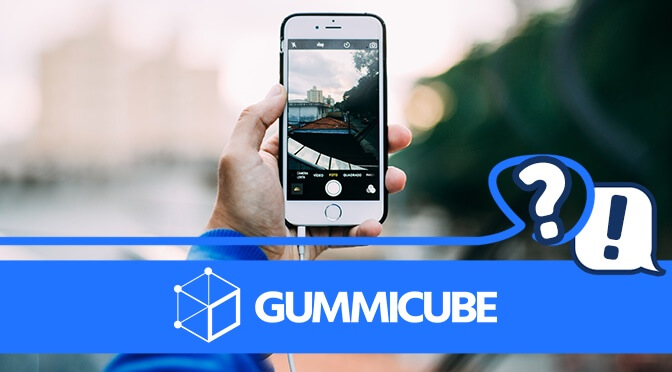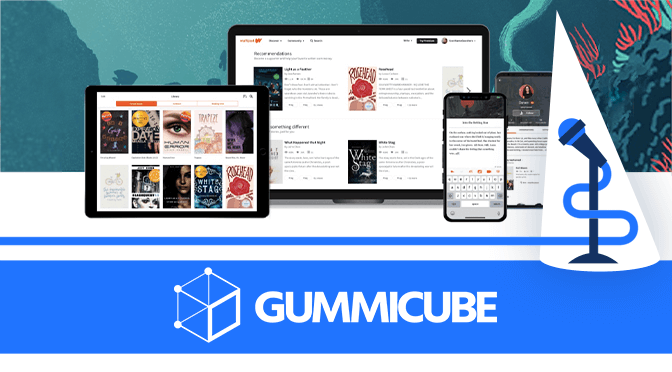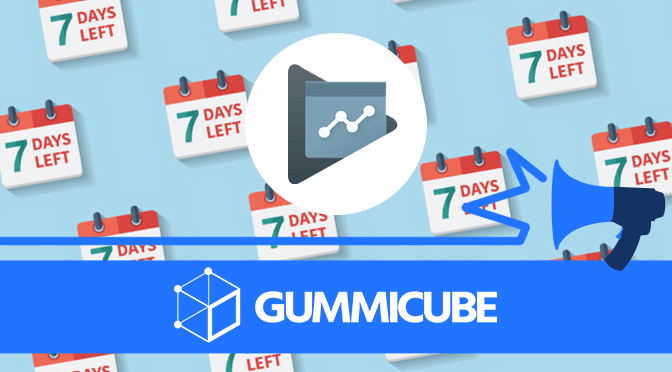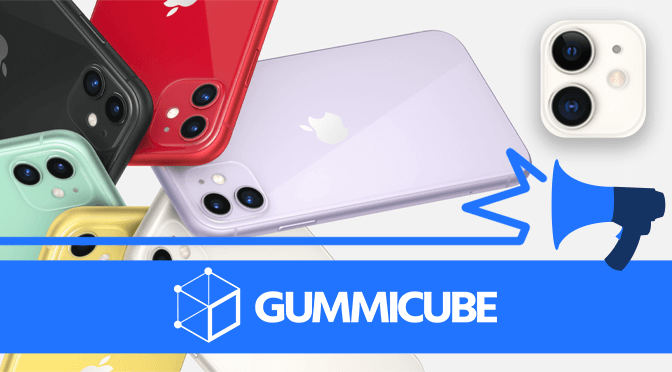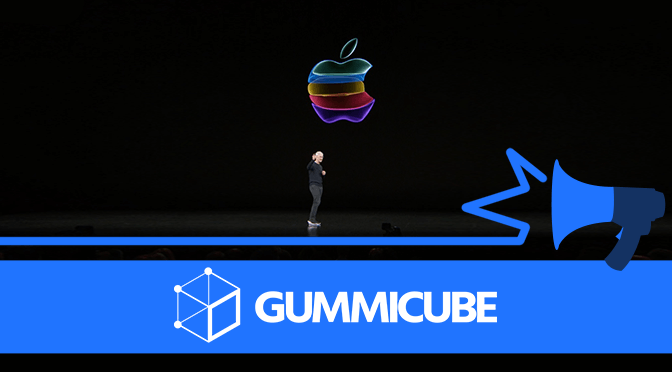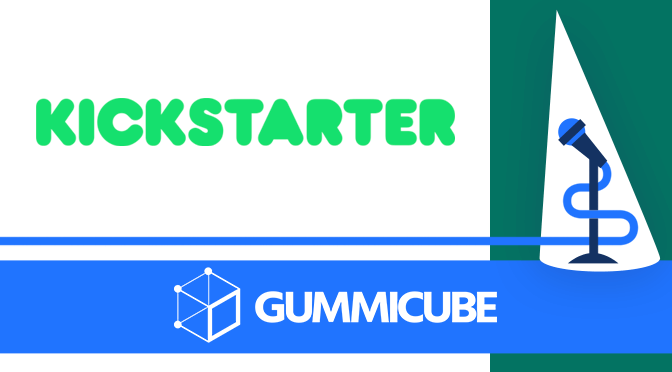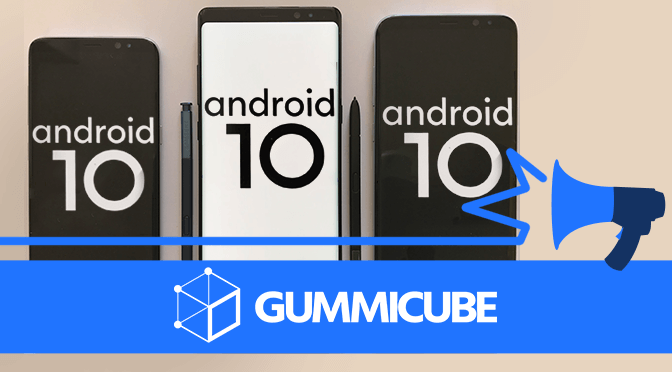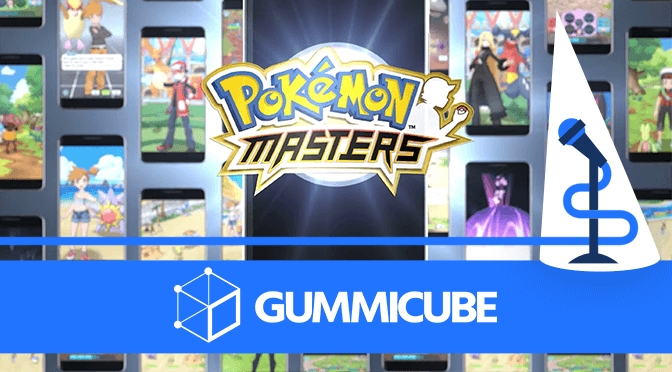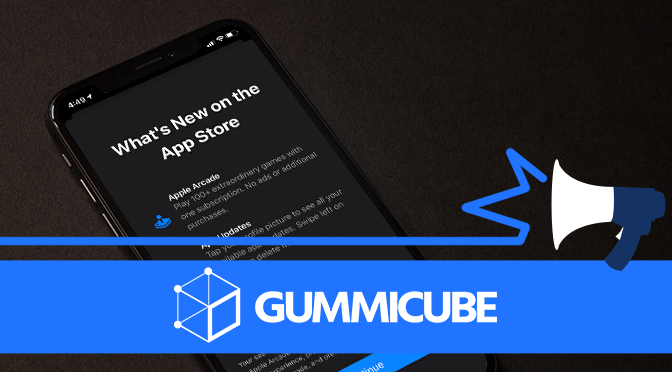
iOS 13 Launches: What App Developers Should Know
Posted on September 20th, 2019
After months of buildup, beta tests and preparation, Apple has launched iOS 13. The latest version of its operating system brings new features and functionality to the iPhone, which developers should take into consideration for their apps and App Store Optimization.


